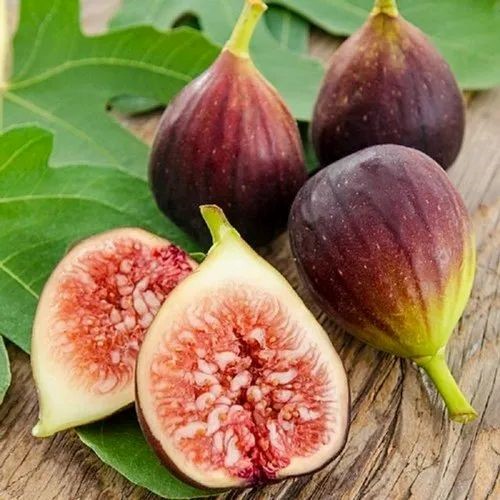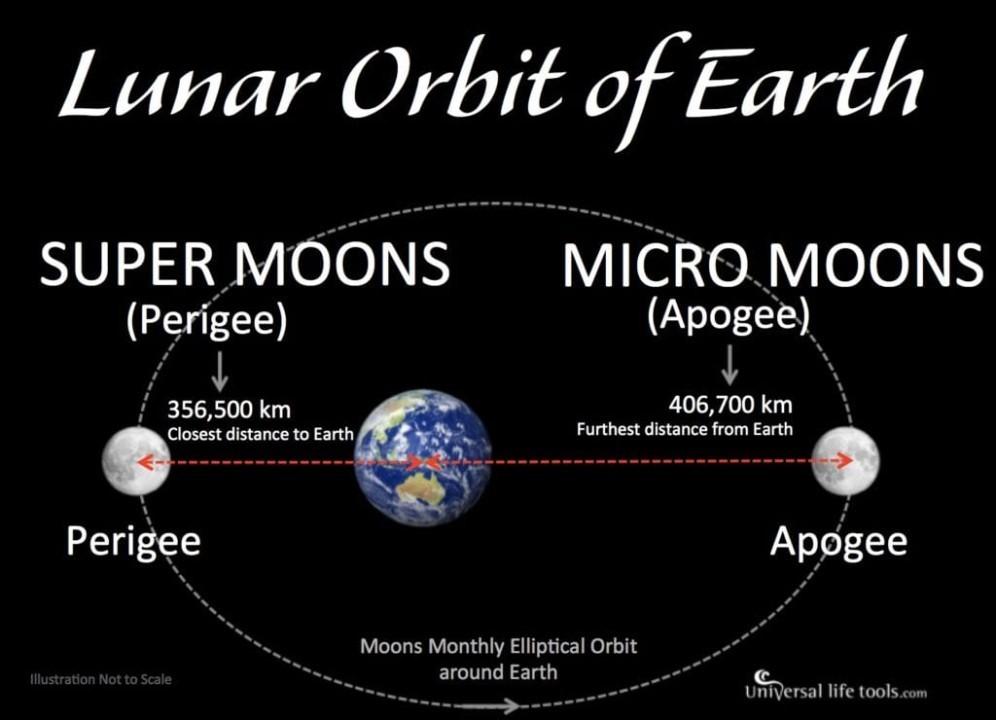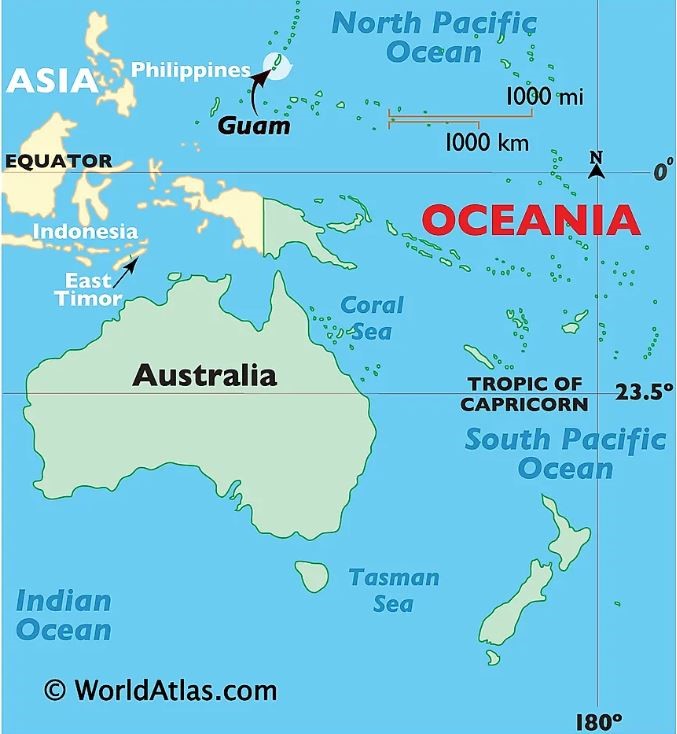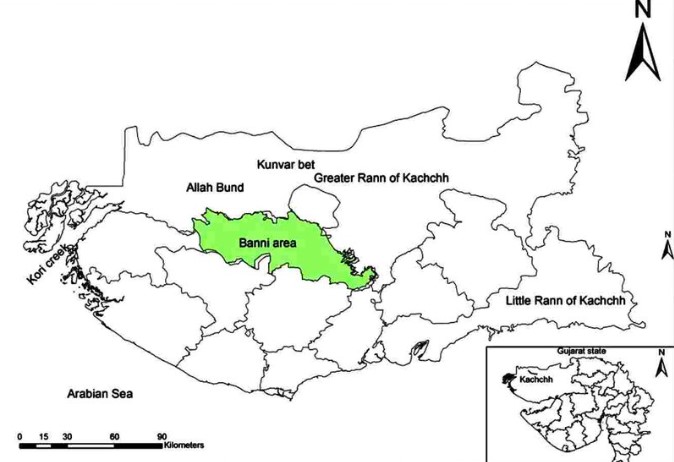Agricultural and Processed Food Products Export Development Authority (APEDA) has recently facilitated the export of India's first ready-to-drink Purandar fig juice to Poland.

|
APEDA |
|
|
About |
|
|
Establishment |
|
|
Governing Ministry |
|
|
Key Functions |
|
|
Headquarters |
|
|
Geographical Indications (GI) |
|
|
Product Coverage |
|
References
Recently, a rare super blue Moon light up the skies, visible across different parts of the world depending on local time zones.

A full moon occurs when the Earth is between the Sun and the Moon occurs roughly once a month, on average.
References
Indian Council of Medical Research (ICMR) and Panacea Biotec have launched India's first-ever phase 3 clinical trial for a dengue vaccine.
Dengue
Global dengue incidence is increasing, with over 129 countries affected as of 2023 (WHO data) and India ranks among the top 30 countries with the highest dengue incidence.
DengiAll Vaccine
References
Recently, INS Shivalik arrived in Guam for an Operational Turnaround after successfully participating in RIMPAC 2024, the world's largest multinational maritime exercise.

References
In a new study, researchers have assessed the suitability of different areas of Banni for sustainable grassland restoration, considering ecological value to be the primary criterion.

References